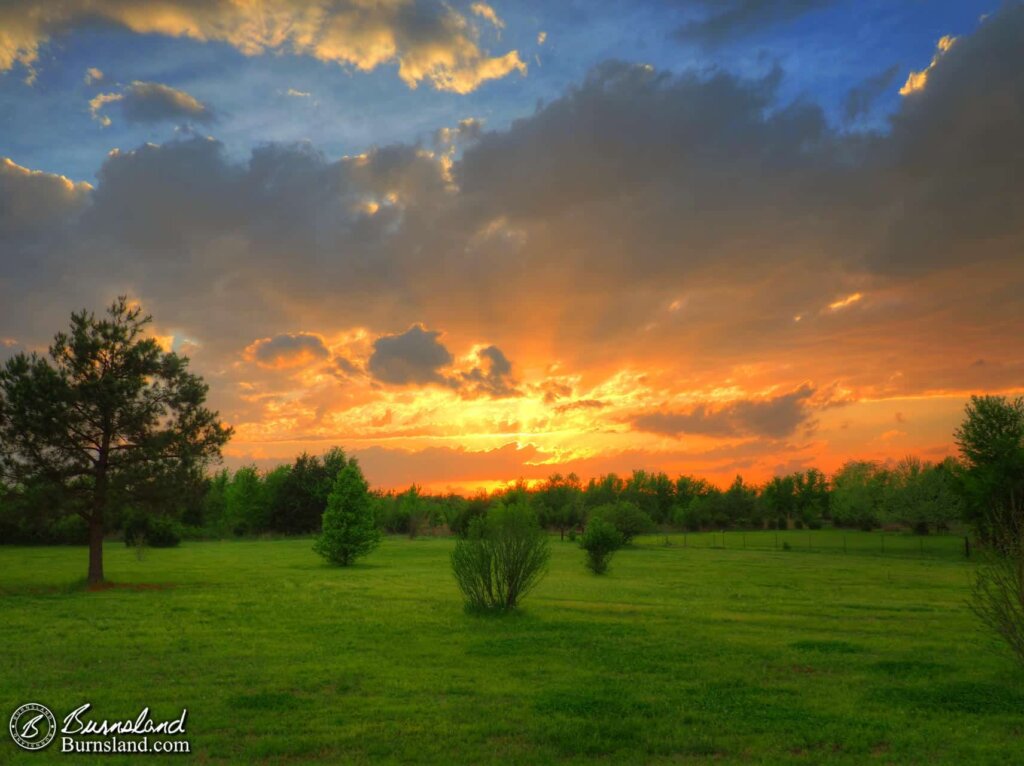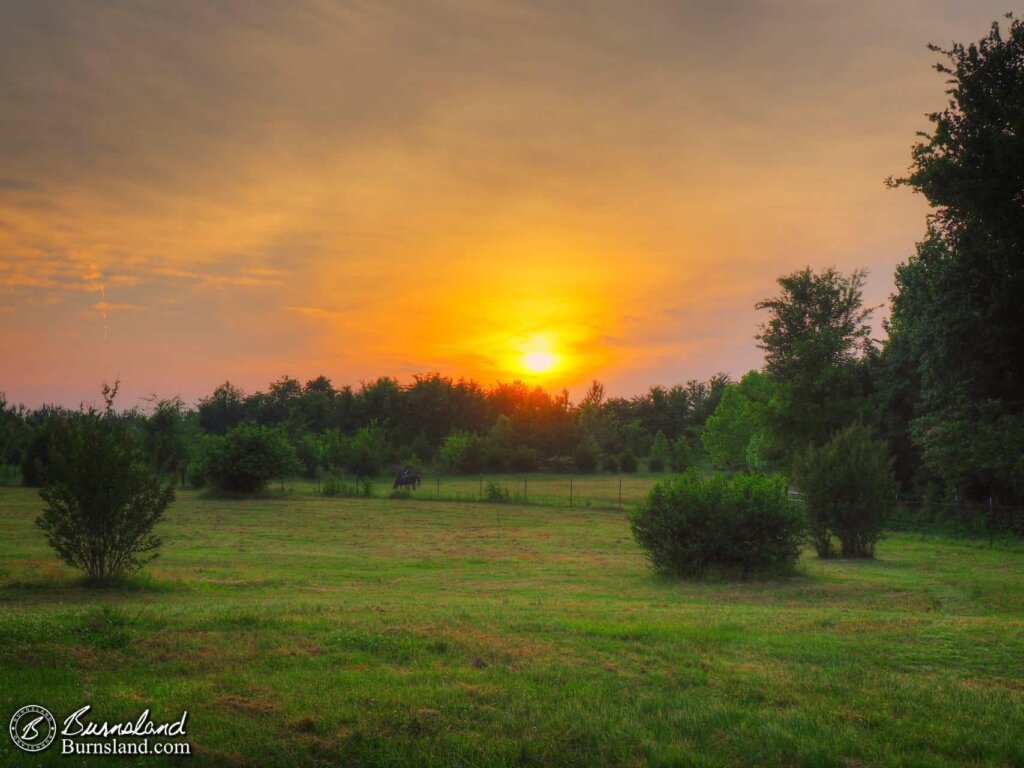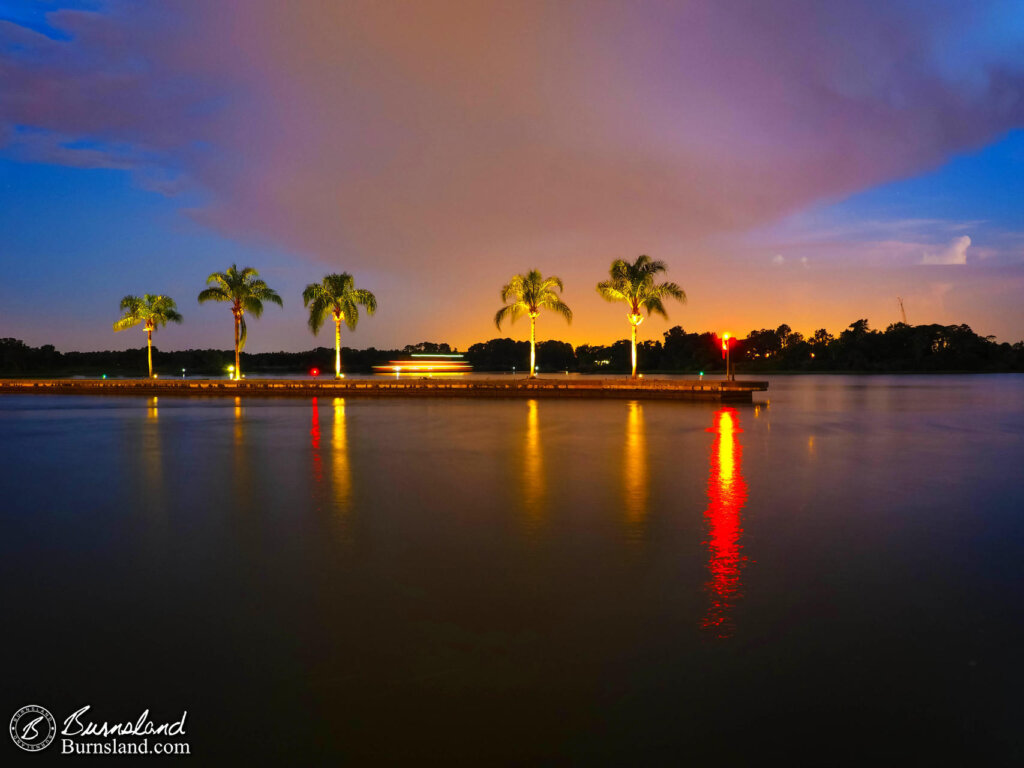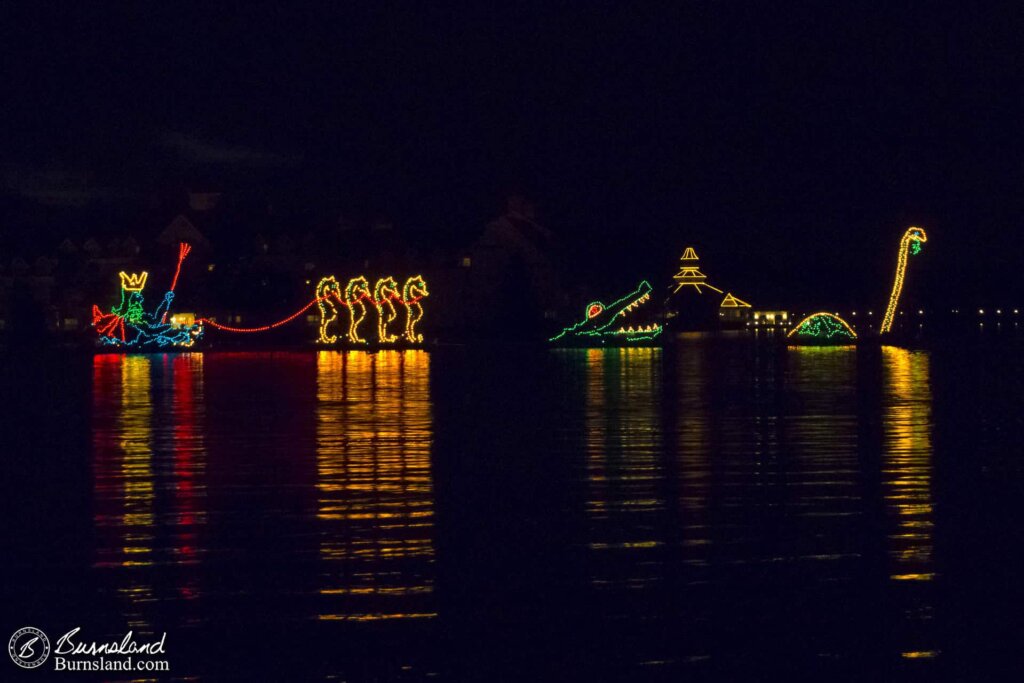A Review of the Olympus OM-D E-M10
I am always interested in a camera that will meet my needs, although sometimes figuring out what those needs are can be a challenge. Right now, I mainly shoot landscapes and an occasional people portrait or two, and my main audience is right here on Burnsland, although I do upload photos to other areas as well.
After lugging around a camera bag full of lenses and such for quite some time, I began thinking that maybe something more simple was the way to go. Not simple as in a point-and-shoot camera, because that definitely doesn’t fit my needs, but rather something simple as in easy to carry around.
And price is always a consideration as well. A full-frame camera with some fancy lenses would be nice, but that definitely would not be practical for the types of shooting that I do as a hobby rather than as a profession.
So with all of that in mind, I ended up with the Olympus OM-D E-M10. Yes, this camera has a cumbersome name that would make R2-D2 and C-3PO jealous. But for my purposes, that has been one of its few drawbacks, as it performs well for my type of photography. The E-M10 is the latest in the OM-D line from Olympus, and while it lacks a few of the features of the other cameras in that line, it was priced right for what I was looking for.
The E-M10 is a mirrorless interchangeable lens camera, sometimes referred to as ILC, if you see that on websites and such. In many ways this camera performs like a digital SLR camera, except that it doesn’t have a mirror that moves when you press the shutter button. That’s a pretty simplistic description of a mirrorless camera, but you can learn more by looking around on the internet. I will leave the technical details to someone else.

There are several lenses available for this camera made by Olympus and others, but so far I just have the one lens that came with the camera, which is a 14-42mm zoom lens. It has performed well enough for what I do, but I wouldn’t rule out getting another lens or two in the future.

One of the biggest advantages of these cameras is size. As you can see from the photo above, the camera is rather small when compared to a SLR camera, and that fits my current needs quite well. It is light enough that it doesn’t weigh you down, but it isn’t so small that the screen and the controls are hard to use. Instead of my large camera gear backpack, this camera fits into a smaller case nicely. And because I don’t have any other lenses for it at the moment, that makes carrying it even easier - no extra gear to lug around that I might not use anyway. Also, I do like the classic-retro look of this camera. Modern enough, but classy looking as well, not just a straight-sided box with a lens coming out of it.
This camera does have an electronic viewfinder for those of us old-fashioned photographers who would rather look into a viewfinder than at a screen on the back of the camera, or live-view as the youngsters call it today. Although I must admit that I have used the live-view screen more than I thought I would. This camera also has a built-in flash, although it isn’t extremely powerful. I have only used the flash a couple of times on people photos, but I really prefer to use natural lighting anyway.

One nice feature about the E-M10 is its wireless connectivity. With an iPhone app, I can quickly download the photos that I want from the camera to my phone quickly and easily, as the camera sets up its own private wi-fi network. No other wi-fi or internet connection is needed. And even better, you can control the camera from your phone using the app. When you have your phone connected, it becomes a remote live-view screen, and you can change the shooting settings from right there on your phone. Pretty nice when you want to make sure that group photo you are in looks just right without having to take several trips back to the camera to set the self-timer once again.


I almost always shoot in RAW mode. If you are used to that, you might want to know that the camera creates ORF files, which are Olympus’s version of RAW files. The newest versions of Adobe Camera Raw and Lightroom will read ORF files, but if you have an older version of either of those, you will have to upgrade. Just something to consider.

All of the photos on this page (except for the photo of the camera itself, of course) were taken over the last few months with the E-M10; click each one to get a larger view. I have enjoyed shooting with the E-M10 and learning more about it as I go. And as I mentioned, I don’t mind grabbing my small camera bag on the way out the door to have with me, just in case I see something photo worthy. I rarely have done that with my larger camera because of all the extra weight it brings.

To see more photos taken with the Olympus OM-D E-M10, check out the posts tagged with “Olympus OM-D E-M10” here at Burnsland..



